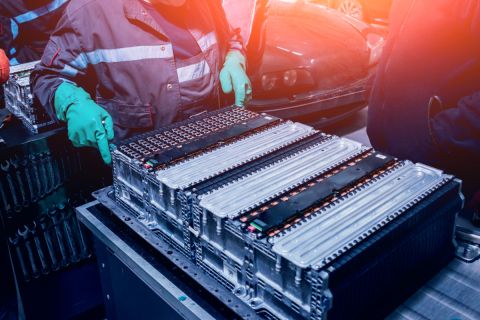Who could have forseen this? 🤦♂️ From our friends over at BridgeMichigan, journalist Gabrielle Nelson reports on the pants-around-the-ankles situation in EV land…
A new International Energy Forum report, co-led by a University of Michigan researcher, found that a swift transition to EVs will require “unprecedented rates of mine production.” […] The world’s active copper mines, the authors concluded, can’t deliver.
Waitaminute…swift transition? Much like space exploration and a national renewable energy network, thanks to corporate greed and government myopia/complacence, the execution of a working national EV strategy is at least 20 years behind schedule, by my unscientific reckoning. Talk about dropping the ball.
Amid mounting political pressure to address climate change and looming competition from overseas automakers, Michigan’s Big Three automakers have all set ambitious EV production targets. General Motors has committed to all-electric sales by 2035, and Ford Motor Co. has said it wants half of its sales to be EVs by 2030, although both now face a reality check amid a slowdown in EV sales.
Bridge Michigan spoke to Adam Simon, a professor of earth and environment sciences at the University of Michigan and lead researcher on the report, about its findings. […] “Without copper,” Simon said, “you don’t have an EV.”
Unless the industry can find a way to make EVs with less copper, meeting EV demand would require an average of 1.7 new mines every year until 2050, according to the report. Achieving a full net-zero economy could require as many as six new mines per year.



Lots of Copper deposits cannot be classified as a reserve due to the non economic viability of extraction. But if the price of copper increases due to a supply squeeze, well suddenly these once low value deposits become very attractive.